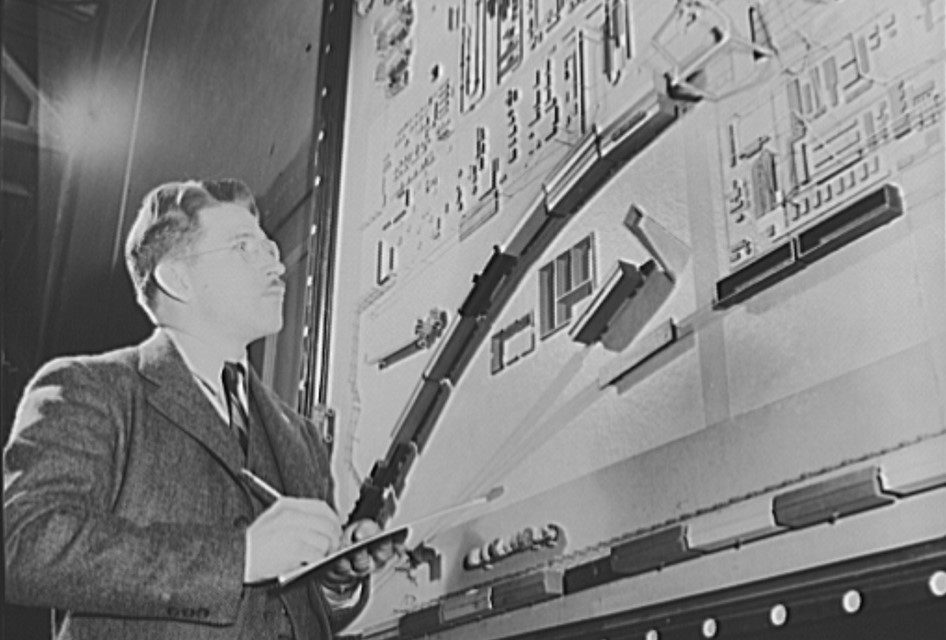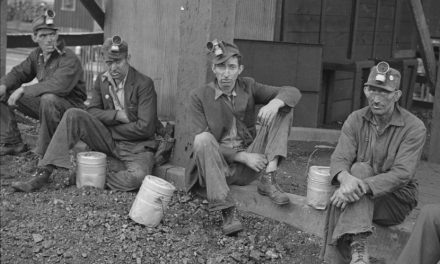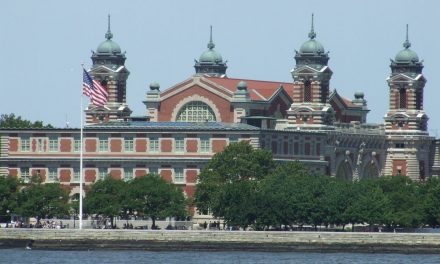The Office of Production Management announced a new order that will halt production of all non-military vehicles indefinitely, starting in February.
All cars, including commercial trucks, replacement parts and new civilian passenger vehicles are included in the rationing program.
Chairman of the War Production Board, Donald Nelson, ordered the prohibition of all production of automobiles and light trucks after Feb. 2. The order was approved by President Franklin D. Roosevelt with the intention to reorganize machinery for war production.
The ban’s initial start date was issued for Jan. 15. However, when more than 400 automobile dealers met with the House Small Business Committee to discuss the issue, Feb. 2 was selected as the new start date.
Clare Cargile, president of the National Automobile Dealers Association, said that dealers testified that the country’s defense and agriculture industries would “suffer from the restrictions.” According to Cargile, the dealers received a “very sympathetic response” from the House.
The production of stock will ensure all military demands will be met. Leon Henderson, head of the Office of Civilian Supply and of the Office of Price Administration, said new car dealer facilities will be used to store approximately 130,000 new passenger cars.
Nelson’s new order formalized a Jan. 1 announcement made by Henderson. The order barred dealers from selling new cars and introduced the freezing of automobile production.
The order applies to halting both civilian and military passenger car production. Nelson confirmed that “all foreseeable military demands” for vehicles could be met before the month’s production. He said that manufacturers who are unable to complete their production quota before Feb. 2 may request permission for additional operating time.

An engineer for the Chrysler Corporation studies how to convert a Detroit auto plant for tank production. From Library of Congress.
When the order was initially issued on Jan. 1, more than 38,000 trucks were already assembled and ready for distribution. Some manufacturers asked permission to produce vehicles without tires in order to maintain civilian stock, but were dismissed. The current order applies to all production regardless of previously established contracts. The rationing plan will materially reduce the number of cars available for civilian sale.
William Reagan, treasurer of the Chicago Automobile Trade Association, was present during the testimonies. “This committee would do well to get a true and complete picture of the automobile situation for the benefit of the motoring public, as well as for the benefit of the 44,000 car dealers in this country,” he said. “As the situation has been presented to date the 451 dealers in Cook County may be thrown out of business in 30 days.”
New vehicles will not be permitted for sale until next year at the earliest. All sales of 1942 model vehicles are prohibited, except for purchases by government agencies.
Otherwise, cars designated for sale will only be released to those certified or deemed eligible by OPA officials. Current estimates leave automobile manufacturers sitting on $175 million in unused inventory.
Automobile graveyards are also mentioned in the new order. It aims to collect older models, dating before 1935. Government officials accused graveyard operators of not cooperating and not surrendering the rusting vehicles for scrap metal.
The requisitioning law allows the government to immediately seize the vehicles and offer compensation at a later date. There are more than four million cars that would be used for scrap metal, accumulating a total of approximately three million tons.
While the rationing program continues, the restrictions have eliminated positions for about 200,000 truck and taxi drivers.
Sources:
“Dealers fight to keep autos in production.” (1942, Jan 14). Chicago Tribune.
“Nelson stops all auto making Feb. 1.” (1942, Jan 21). Chicago Tribune.
“President gives Nelson ‘go’ signal.” (1942, Jan 21). New York Times.
“OPM extends ban date on sales of new autos; aid to dealers planned.” (1942, Jan 14). Wall Street Journal.





